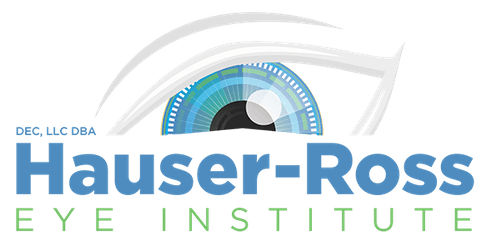Corneal Care

What is the cornea?
The cornea is the outermost layer of the eye, serving as a protective barrier against debris and other irritants. The cornea refracts (bends) light as it enters into the eye, making it an instrumental structure in helping the eye focus on objects near and far.
Our top priority is early assessment and management of any damage to the cornea or pre-existing corneal condition. Early detection is the best way to keep your eyes from getting in the way of the life you want. That’s why we encourage you to have an annual eye exam performed by our ophthalmologists.
Could I have a corneal condition?
If you answer “Yes” to any of these questions, you may be experiencing signs of a corneal condition.
- Are you experiencing sensitivity to light?
- Are your eyes reddening or painful?
- Are your eyes tearing more often than usual?
- Is your vision blurry?
Frequently Asked Questions
What are common corneal conditions that we treat?
Some corneal conditions that require treatment include dry eye, keratoconus, pterygium, viral infections, trauma, recurrent corneal erosions, and corneal dystrophies such as Fuchs’ endothelial corneal dystrophy and epithelial basement membrane disease.
What are common indicators that a corneal condition may be present?
Your cornea usually heals itself after most minor injuries or infections. But during the healing process, you might experience symptoms like pain, tearing, blurred vision, extreme sensitivity to light, burning, foreign body sensation and redness.


